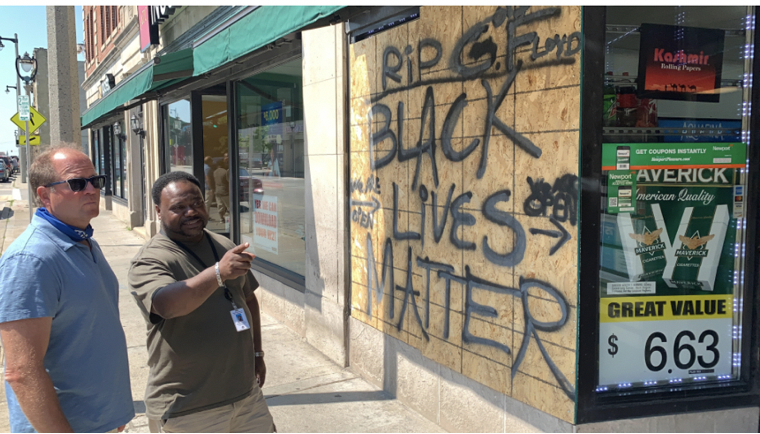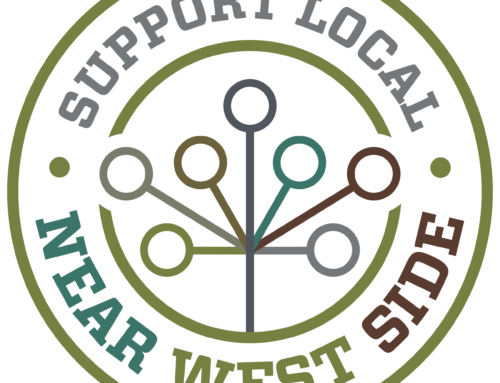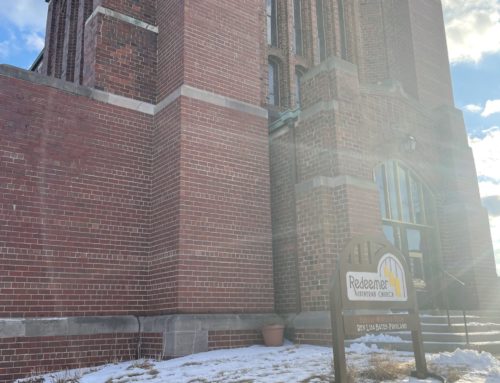Throughout the summer of 2020 the country was rife with civil unrest and protests ignited by the murder of George Floyd at the hands of law enforcement. Millions of Americans of diverse backgrounds and beliefs went to the streets to express their outrage in a show of unity. While the protests in large part were peaceful and catalysts for change in our society. Others were not so instrumental. In the days following, media and news coverage showed streets across the country lined with protestors voicing their outrage. Also presented was the unfortunate aftermath. With many protestors looking for an outlet for their anger, some turned to the shops and stores in their path and saw a means to vent their frustrations by damaging these properties
In an effort to promote social change for African Americans and other minorities, the cruel irony was that many of the damaged properties were located in communities that were predominantly populated by minorities. Milwaukee itself was not spared from this widespread damage as a result of the civil unrest, with many locally owned businesses across the city falling victim to the damage. While the intent of the individuals responsible may have been to make their frustrations heard, the end product left many in disarray and unsure of their future. As the fires went out and windows were boarded up one question remained. Had anyone actually listened? Enter Milwaukee 7.
Launched in 2005, Milwaukee 7 is an economic development partnership that serves the seven counties making up southeast Wisconsin. The M7 mission is to attract, retain, and grow diverse businesses and talent to strengthen the Region’s capacity to innovate; and to enhance the competitiveness of the Region. To this end M7 markets the region to various companies around the country, as well as internationally. With this outside attraction M7 then is able to attract and develop talent locally, ensuring that the region’s workforce evolves with the global economy. What may go unsung however is their work with entrepreneurs in the community, and their ability to connect them with local businesses. It is this dedication to local businesses that sparked the Rebuild & Revitalize Program, headed by Pat O’Brien and Marjorie Yoshida.
My time with Mr. O’Brien and Mrs. Yoshida began with discussing the events of last summer. O’Brien, who serves as the Executive director of M7, explained to me that the various entrepreneurs who work with M7 saw the unrest and wanted to show that they were listening to the frustrations voiced by the protestors, and wanted to find a way to aid the community. The Rebuild & Revitalize Program provided these entrepreneurs the opportunity to do just that by investing into the community. Mrs. Yoshida explained to me that the entrepreneurs realized that these local businesses were hit hard by the damages the occurred during the civil unrest, and without their help they may have never recovered; and so, to aid these local, and often times minority owned, businesses a total of just over $600,000 was contributed to the program in an effort to cover the costs needed to repair these storefronts. However, getting these businesses on board would prove to be another challenge in itself.
Most often when monetary relief is offered to a business it comes in the form of loans that will be paid back at a later date. It was important to the entrepreneurs that the message relayed was that they were looking to help these businesses with no strings attached. Rather than providing loans to the businesses, the aid would come in the form of grants. As Mrs. Yoshida explained to me however, there was some wariness from the businesses stemming from the thought that this program seemed “too good to be true”. There was some validity to this stance, as this aid was coming from investors that many of these business owners had never heard of before. This is where Business Improvement District (BID) Directors such as NWSP’s Keith Stanley came in to play. As O’Brien stated, “most people did not know it was out there, and if they did was it too good to be true?”, he continued by saying that “BID Directors like Keith, he was a trustworthy individual that they knew, and was able to cut through that and say apply”. This reassuring voice from a familiar face encouraged more businesses to apply for the grant.
With BID Directors across the city now assisting with spreading the word of the program, all that remained was for the businesses to apply for this grant. This in large part was overseen by Mrs. Yoshida. The process itself was mostly straightforward, requiring contact information, and a summary of the damage that was caused. Yoshida further explained that she asked the business owners to work with their insurance agents, if they had insurance, if the repair costs were not covered by insurance then the grant would cover the expenses, all that was required was a quote from a contractor. If the damage was covered by insurance, then the grant would cover the deductibles. Yoshida also admitted that she was surprised by how many businesses did not have insurance, underlining the importance of this program.
In the end, a total of 35 applications were completed. The Rebuild & Revitalize Program proved to be another astonishing example of people helping people in times of need. The program also opened a door for new relationships with M7 and BID’s across the city.
After the deductibles had been covered and the businesses were restored, the program found that it still had additional funds leftover. With this money, M7 was able to award 5 of the BID’s that worked with them on the program $15,000 to spend on a community program. In the case of NWSP, the funding went towards supporting entrepreneurs of color in the Near West Side by providing them with grants to support them in expansion and recovery. O’Brien went on to explain how this program helped to strengthen M7’s relationship with several BID’s. He is hopeful that the advisory council that was formed for this program is something that will be ongoing to keep an open dialogue between the two sides on what is needed, and potential opportunities for investment in local businesses and other programs.

I would like to thank Pat O’Brien and Marjorie Yoshida for taking the time to talk to me about the Rebuild and Revitalize Program. To find out more information on M7 and their mission click the link here.





